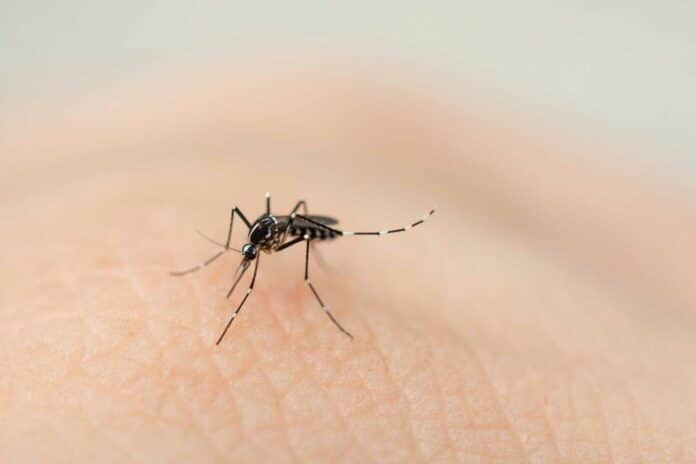Vector-borne diseases (VBDs) are becoming a growing global health concern due to climate change. It’s crucial to comprehend the ecology and evolution of the species that act as vectors, as this understanding is essential for predicting and effectively addressing vector-borne diseases.
Recent research from Washington University in St. Louis indicates that specific mosquito populations possess greater heat tolerance, making them more resilient during heat waves. This discovery is concerning, given the rising global health threat of vector-borne diseases.
Many current models scientists use to assess the risk of vector-borne diseases assume uniform mosquito heat tolerances. Consequently, these models may underestimate the potential of mosquitoes to transmit diseases in a world experiencing increasing temperatures.
In this research, scientists evaluated the critical thermal maximum (CTmax), the upper limit of an organism’s thermal tolerance. They focused on eight widely spread tiger mosquito populations, Aedes albopictus, recognized for transmitting viruses such as West Nile, chikungunya, and dengue.
The study revealed notable variations in thermal tolerance among populations, particularly in adult mosquitoes compared to larvae. This highlights the importance of considering such differences in understanding the potential impact of climate change on the spread of vector-borne diseases.
In this study, scientists gathered mosquitoes from eight diverse populations spanning four climate zones in the eastern United States. The locations included New Orleans; St. Augustine, Fla.; Huntsville, Ala.; Stillwater, Okla.; St. Louis; Urbana, Ill.; College Park, Md.; and Allegheny County, Pa.
Eggs were collected from the wild, and larvae were raised in the laboratory from various locations, with scientists carefully maintaining separate mosquito populations as they bred and matured. Subsequent generations of these lab-raised mosquitoes were then used in trials to determine critical thermal maximum (CTmax) values. Following established research protocols, the scientists raised air and water temperatures to 1 degree Celsius per minute.
The scientists investigated the relationship between climatic variables near each population source and the CTmax values of adults and larvae. Their findings revealed significant differences among the mosquito populations.
The variations observed in the mosquito populations didn’t align with a straightforward pattern based on latitude or temperature alone. However, specific significant trends emerged. Mosquito populations from areas with increased precipitation showed higher critical thermal maximum (CTmax) values. The study suggests that factors such as mean and maximum seasonal temperatures, relative humidity, and annual precipitation collectively play a crucial role in determining CTmax in mosquitoes.
Benjamin Orlinick, first author of the paper and a former undergraduate research fellow at Tyson Research Center, said, “Larvae had significantly higher thermal limits than adults, and this likely results from different selection pressures for terrestrial adults and aquatic larvae. It appears that adult Ae. albopictus are experiencing temperatures closer to their CTmax than larvae, possibly explaining why there are more differences among adult populations.”
Katie M. Westby, a senior scientist at Tyson Research Center, Washington University’s environmental field station, said, “The overall trend is for increased heat tolerance with increasing precipitation. It could be that wetter climates allow mosquitoes to endure hotter temperatures due to decreases in desiccation, as humidity and temperature are known to interact and influence mosquito survival.”
“Standing genetic variation in heat tolerance is necessary for organisms to adapt to higher temperatures. That’s why it was important for us to experimentally determine if this mosquito exhibits variation before we can begin to test how, or if, it will adapt to a warmer world.”
“Future research in the lab aims to determine the upper limits that mosquitoes will seek out hosts for blood meals in the field, where they spend the hottest parts of the day when temperatures get above those thresholds, and if they are already adapting to higher temperatures.”
“Determining this is key to understanding how climate change will impact disease transmission in the real world. Mosquitoes in the wild experience fluctuating daily temperatures and humidity that we cannot fully replicate in the lab.”
Journal Reference:
- Benjamin L. Orlinick , Angela Smith et al. Genetically based variation in heat tolerance covaries with climate in a globally important disease vector. Frontiers in Ecology and Evolution. DOI: 10.3389/fevo.2023.1248673
